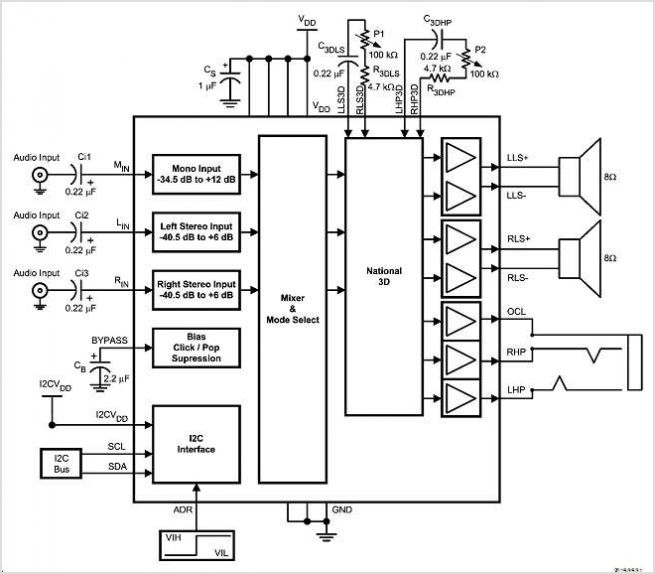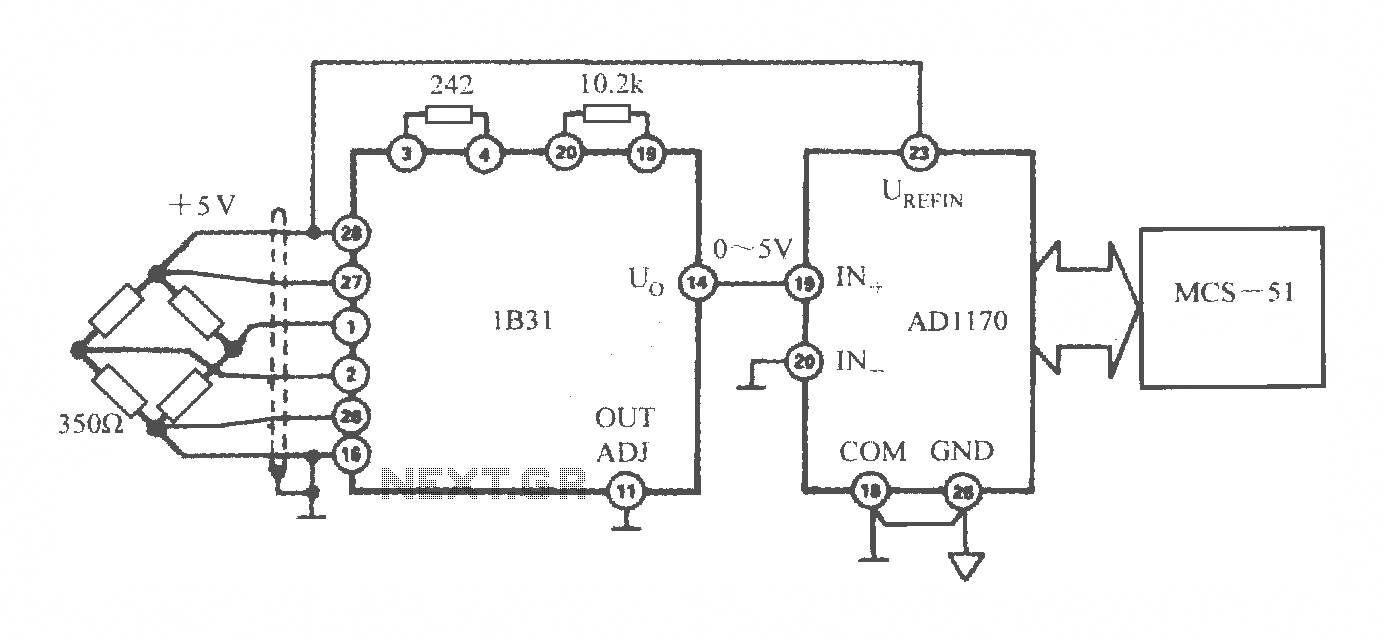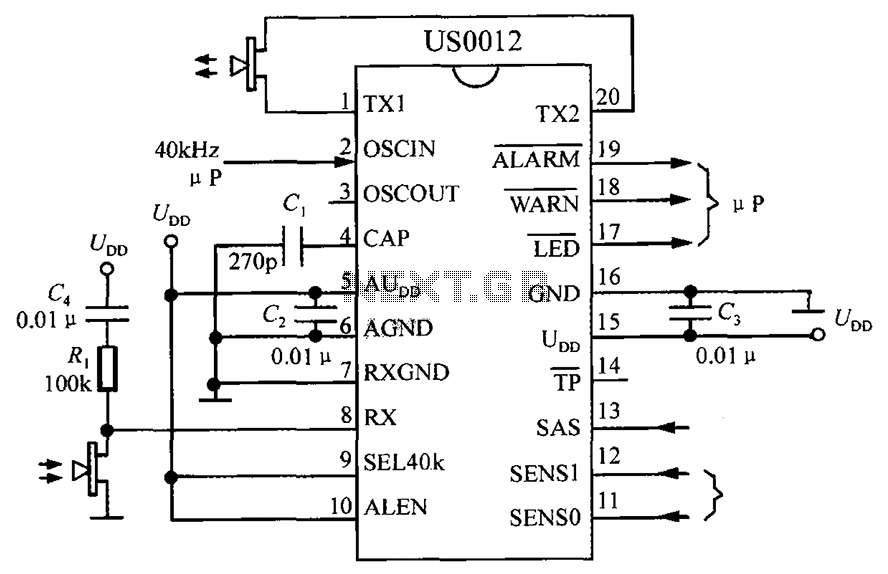
preverse engineering an evap system

Reverse Engineering an EVAP System - Part 1. A 1997 Volkswagen Jetta (I4) is experiencing issues with the EVAP system, which has been a challenge for numerous mechanics attempting to diagnose the problem.
The EVAP (Evaporative Emission Control) system is a crucial component in modern vehicles, designed to prevent the release of fuel vapors into the atmosphere. In the case of the 1997 Volkswagen Jetta, the EVAP system is likely to include various components such as the charcoal canister, purge valve, vent valve, and associated hoses and sensors.
To reverse engineer the EVAP system, a systematic approach is required. First, it is essential to understand the basic operation of the system. The charcoal canister stores fuel vapors from the fuel tank, which are then purged into the engine for combustion during certain operating conditions. The system is monitored by various sensors that provide data to the engine control unit (ECU), which controls the operation of the purge and vent valves.
Diagnosing issues within the EVAP system typically involves checking for leaks, blockages, or failures in the components. A common diagnostic tool used is the OBD-II scanner, which can read trouble codes related to the EVAP system. Codes such as P0440 (Evaporative Emission Control System Malfunction) or P0455 (Evaporative Emission Control System Leak Detected - Large Leak) may indicate specific issues that need to be addressed.
In addition to electronic diagnostics, a visual inspection of the EVAP components is crucial. This includes checking the integrity of hoses for cracks or disconnections, ensuring the charcoal canister is intact, and verifying the functionality of the purge and vent valves. Testing the pressure in the system can also help identify leaks or malfunctions.
Once the problematic component is identified, it may require repair or replacement. It is important to follow manufacturer specifications and guidelines during this process to ensure the EVAP system functions correctly after the repair. Proper sealing and connection of all components are essential to prevent future issues.
By following these steps and utilizing appropriate diagnostic tools, mechanics can effectively address the challenges posed by the EVAP system in the 1997 Volkswagen Jetta, ultimately restoring its functionality and ensuring compliance with emission standards.Reverse Engineering an EVAP System - Part 1 My friend/coworker has a 1997 Volkswagen Jetta (I4) that throws an EVAP SYSTEM Countless mechanics have attempted to diagnose it; none have .. 🔗 External reference
The EVAP (Evaporative Emission Control) system is a crucial component in modern vehicles, designed to prevent the release of fuel vapors into the atmosphere. In the case of the 1997 Volkswagen Jetta, the EVAP system is likely to include various components such as the charcoal canister, purge valve, vent valve, and associated hoses and sensors.
To reverse engineer the EVAP system, a systematic approach is required. First, it is essential to understand the basic operation of the system. The charcoal canister stores fuel vapors from the fuel tank, which are then purged into the engine for combustion during certain operating conditions. The system is monitored by various sensors that provide data to the engine control unit (ECU), which controls the operation of the purge and vent valves.
Diagnosing issues within the EVAP system typically involves checking for leaks, blockages, or failures in the components. A common diagnostic tool used is the OBD-II scanner, which can read trouble codes related to the EVAP system. Codes such as P0440 (Evaporative Emission Control System Malfunction) or P0455 (Evaporative Emission Control System Leak Detected - Large Leak) may indicate specific issues that need to be addressed.
In addition to electronic diagnostics, a visual inspection of the EVAP components is crucial. This includes checking the integrity of hoses for cracks or disconnections, ensuring the charcoal canister is intact, and verifying the functionality of the purge and vent valves. Testing the pressure in the system can also help identify leaks or malfunctions.
Once the problematic component is identified, it may require repair or replacement. It is important to follow manufacturer specifications and guidelines during this process to ensure the EVAP system functions correctly after the repair. Proper sealing and connection of all components are essential to prevent future issues.
By following these steps and utilizing appropriate diagnostic tools, mechanics can effectively address the challenges posed by the EVAP system in the 1997 Volkswagen Jetta, ultimately restoring its functionality and ensuring compliance with emission standards.Reverse Engineering an EVAP System - Part 1 My friend/coworker has a 1997 Volkswagen Jetta (I4) that throws an EVAP SYSTEM Countless mechanics have attempted to diagnose it; none have .. 🔗 External reference





